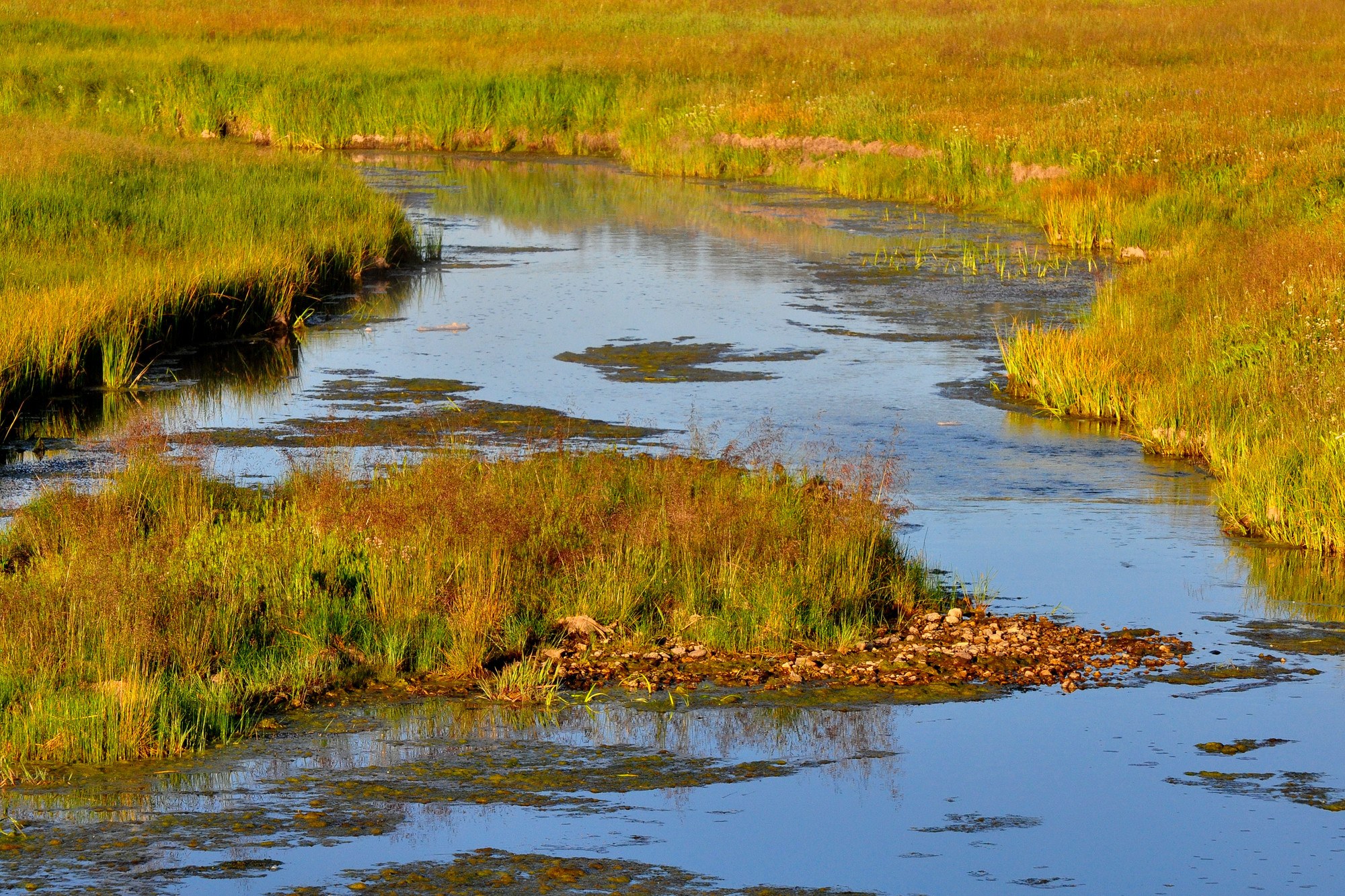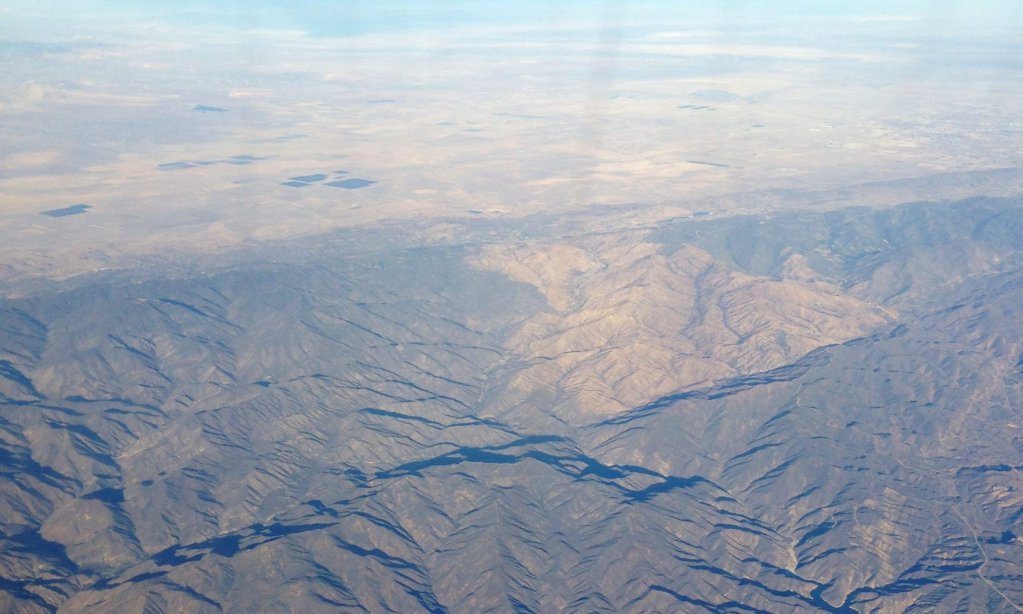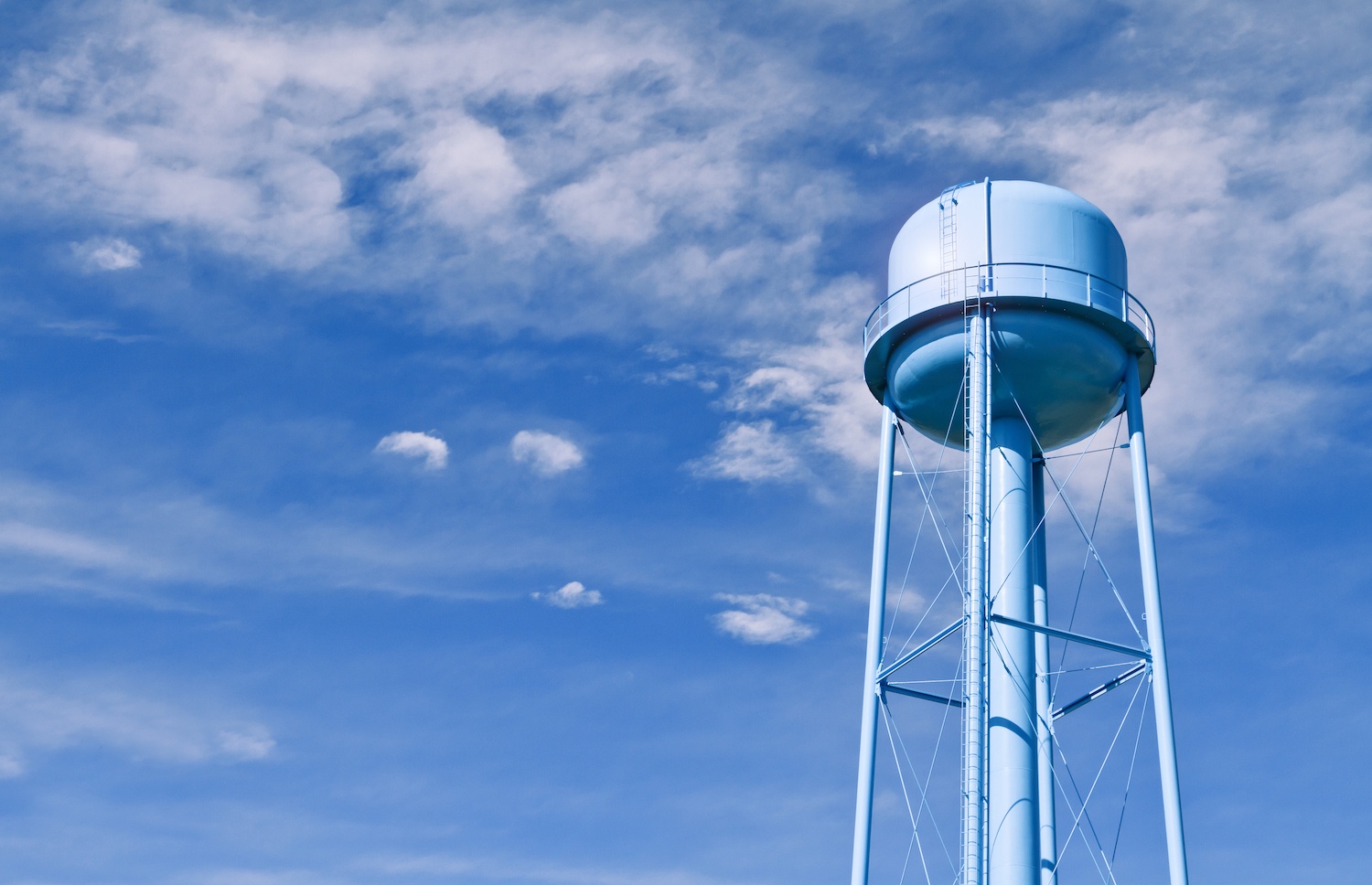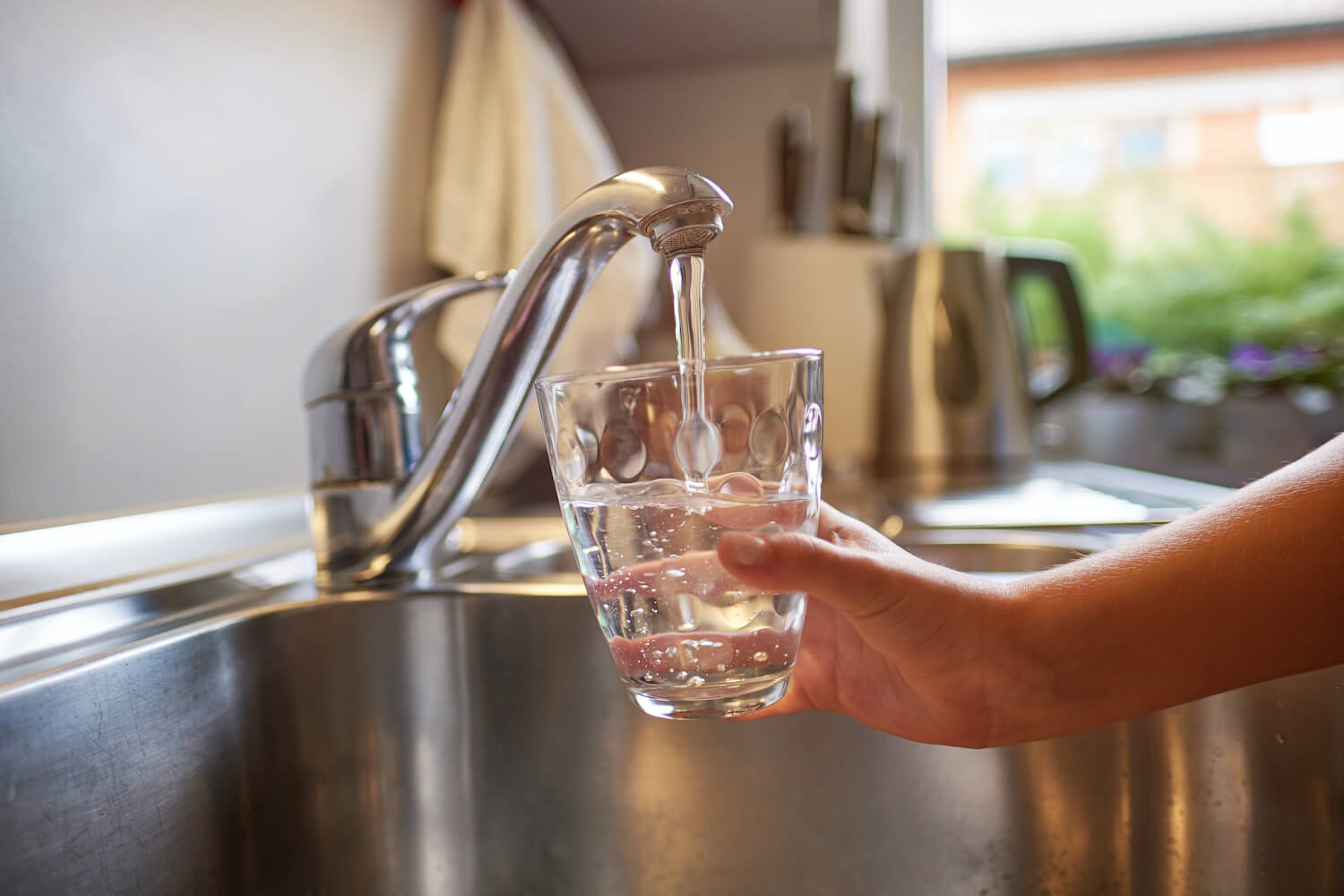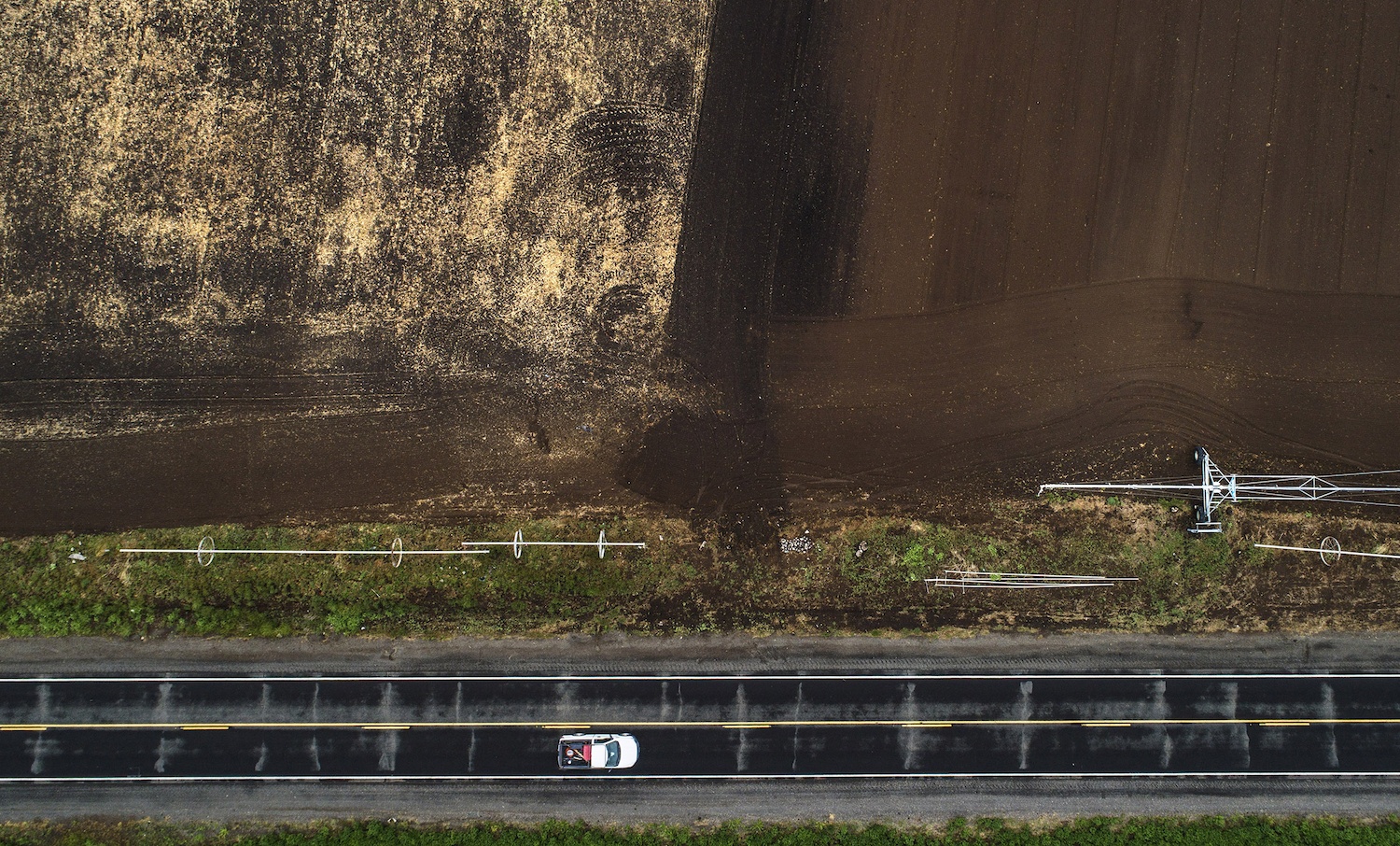
Carlos Avila Gonzalez/The San Francisco Chronicle via Getty Images
The federal government is strictly curtailing irrigation this year in an attempt to protect endangered fish important to Indigenous tribes. Farmers say this will make it all but impossible to farm, while tribal groups say the plan doesn’t go far enough to save their fisheries.
In mid-April, a farming region in southern Oregon began to release water from the Klamath River into its irrigation canals. According to the local water authority, this was a standard move to jumpstart the farming season during one of the driest seasons in recent memory. But according to the federal government, it was an illegal maneuver that could further jeopardize the survival of multiple endangered species and food sources important to Indigenous tribes and fisheries in the region.
Pictured above: A car drives by a field owned by Walker Farms, which decided against planting crops and left its field half-plowed after learning it would lose water in the Klamath Basin outside Malin, Oregon, on Monday, May 18, 2020.
Because of severe drought conditions in the region and low snowpack levels, the Upper Klamath Lake—a large, natural reservoir of freshwater that drains into the Klamath River—has experienced historically low inflow this year. That means there’s not enough water to go around for everyone who needs it: tribes that depend on the lake to sustain culturally important species of suckerfish, commercial and tribal fisheries downstream who depend on flow from the lake to support salmon populations, and farmers and ranchers who rely on irrigation to harvest crops.
On April 14, the Bureau of Reclamation (USBR), a federal agency that oversees the Klamath irrigation project, announced that farmers would only get 33,000 acre-feet of water this year due to drought conditions—the lowest allotment in its history. The project spans from southern Oregon to northern California. For context, farmers say they need 400,000 acre-feet in drought years. That didn’t stop the Klamath Drainage District (KDD) in southern Oregon—a public entity contracted to deliver water in the region—from turning on the spigot for its constituents two days later.
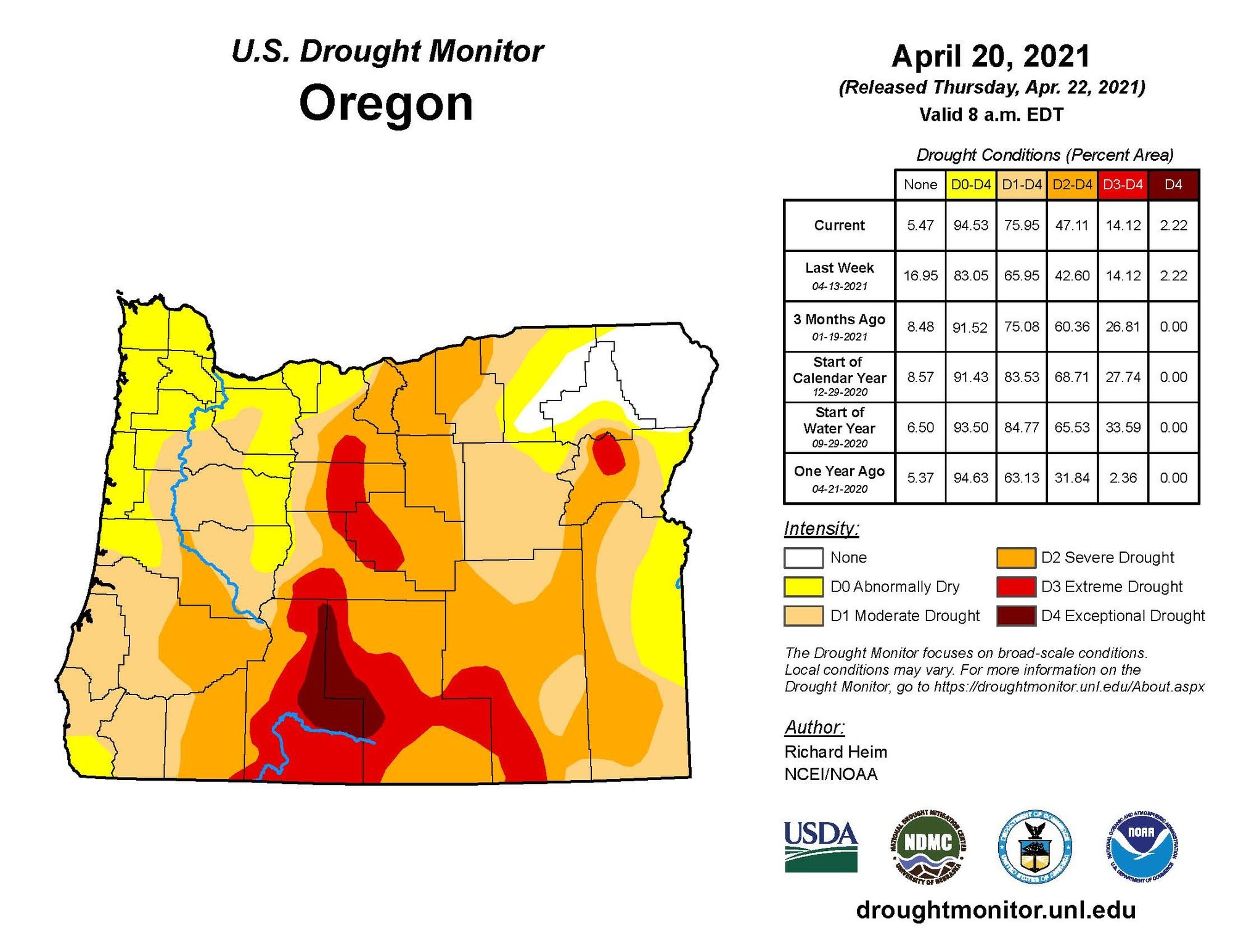
Richard Heim, NOAA/NCEI
“We tried to hold off [diversion] as long as we could,” said district manager Scott White. White said the district board faced immense pressure to divert water from farmers in the region dealing with low soil moisture. “Our landowners were just champing at the bit.”
White said that the district was accessing water from the Klamath River through a state water permit rather than through the federal government’s allocation, which he claimed was standard operating procedure. The federal government doesn’t see it that way. In a letter addressed to the district shared with The Counter, USBR ordered White to stop making the diversions, which it called unlawful.
“[The] water that is currently in the Klamath River is committed to satisfying the Endangered Species Act (ESA), an obligation that supersedes irrigation deliveries and rights,” the agency wrote. “Therefore, KDD’s diversion of water … is contrary to the ESA and may subject KDD to legal action if it does not immediately cease diversions.”
Editor’s Note: The initial headline for this story said the water was illegally diverted by Klamath Drainage District. We have since changed the wording to reflect that the KDD is disputing who has authority in this matter—KDD or USBR.
The releases mean that there’s less water to go around for everyone else who needs it, in a year where there was already little to begin with.
The releases mean that there’s less water to go around for everyone else who needs it, in a year where there was already little to begin with. According to a USBR spokesperson, the agency is making up for the diversions by releasing more water from the lake. However, tribes and commercial fishermen downriver are worried that prolonged diversions will reduce river flow long-term, in turn exacerbating poor environmental conditions and further harming salmon populations that they depend on for food, income, and ceremonial practices.
“It felt very, very disappointing that individuals would take actions, such as to illegally divert water, when there is so much pain being felt throughout the basin for communities who aren’t getting the flows or the water levels necessary for their communities,” said Frankie Myers, vice-chairman of the Yurok tribe. “It felt like a pretty selfish act.”
Salmon are a culturally and economically important species for the Yurok. But poor river flow, pollution, disease, and dams that obstruct movement have all played a role in the decline of the Klamath River’s salmon population.
Every year, a coalition of tribal representatives, fishermen, and community and environmental advocates sets catch limits on salmon in the region in order to maintain long-term viability. Three decades ago, Myers recalls, Yurok families could each harvest hundreds of fish from the Klamath River, enough to sustain themselves for a year. This year, he estimates that the tribe will be allocated the equivalent of one fish per person, raising concerns about food sovereignty. The water shortage also exacerbates the woes of non-tribal commercial fisheries. For years, the region has put in place strict quotas to conserve salmon populations. Earlier this month, the coalition closed off commercial fishing in the region completely.
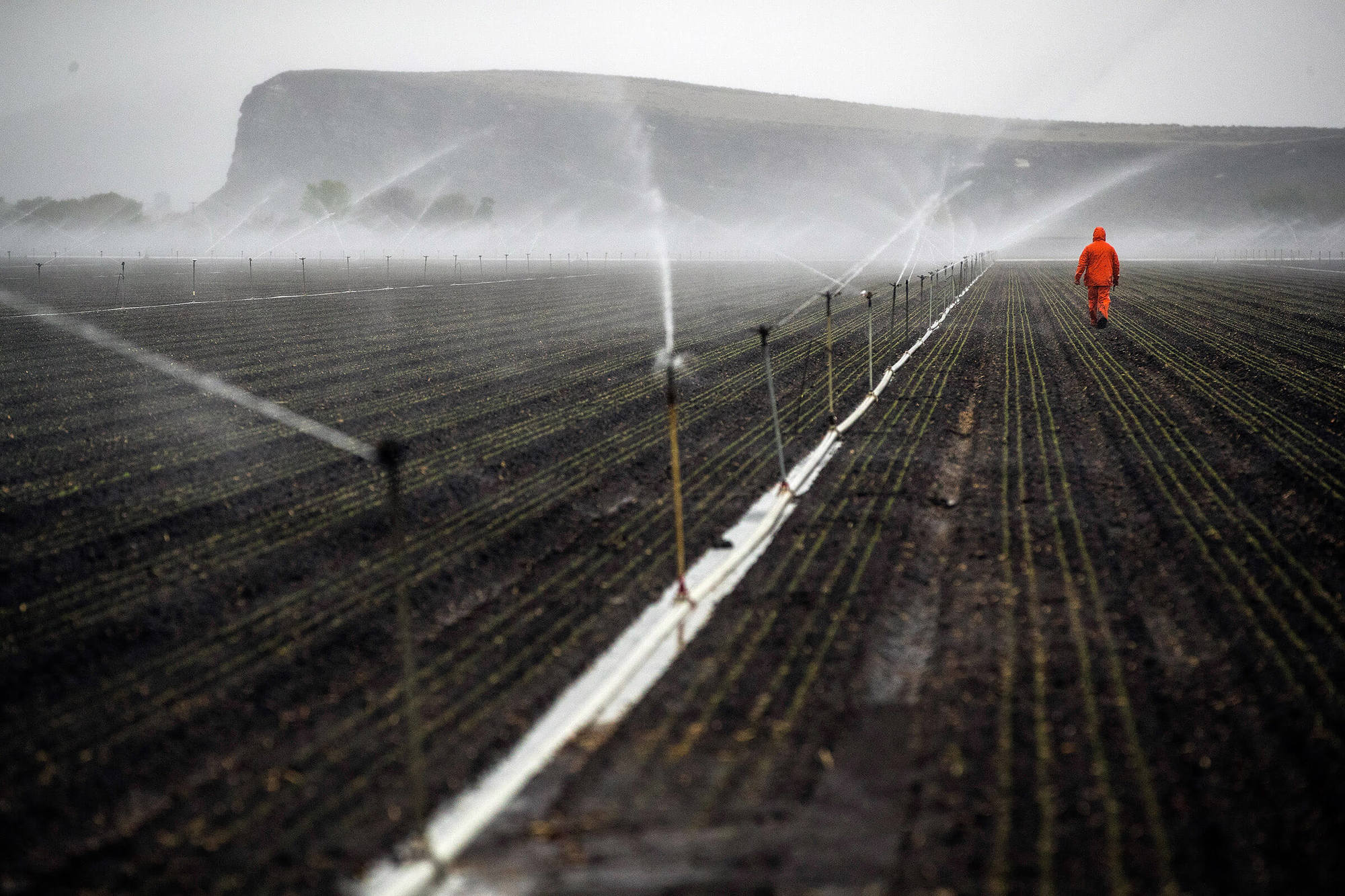
On April 14, the Bureau of Reclamation (USBR), a federal agency that oversees the Klamath irrigation project announced that farmers would only get 33,000 acre-feet of water this year due to drought conditions—the lowest allotment since 2001.
Carlos Avila Gonzalez/The San Francisco Chronicle via Getty Images“It’s really a very sad situation,” said Glen Spain, northwest regional director for the Pacific Coast Federation of Fishermen’s Associations, which represents West Coast commercial fishermen. “I understand how people get desperate, but violating the law and stealing your neighbor’s water is not the way to solve this problem.”
Not only does the water shortage pit agricultural interests against the needs of communities downriver—the scarcity also puts the survival of different endangered species in conflict with one another.
Shortly before USBR announced this year’s allocations, the Klamath Tribes—which are a separate tribal nation from the Yurok and have senior water rights in the Upper Klamath Lake—filed a lawsuit against the agency. The tribes are accusing USBR of letting the lake’s water levels to fall below minimum thresholds required by the Endangered Species Act for two years in a row. This, in turn, puts two spiritually important suckerfish species, the C’waam and Koptu, at risk of extinction, the lawsuit reads. The tribes are demanding that USBR more than halve the average rate of water flow out of the lake until it recovers to a minimum threshold set by the Fish and Wildlife Service. That action, in turn, would mean less abundant flows for farmers and salmon fisheries downriver. Someone loses, no matter what.
Not only does the water shortage pit agricultural interests against the needs of communities downriver—the scarcity also puts the survival of different endangered species in conflict.
“The Klamath Tribes certainly believe that everything should be done to satisfy all of the biological needs of all of the species,” said Jay Weiner, attorney for the Klamath Tribes. Weiner points out that salmon are also significant for the Klamath Tribes, which retain fishing rights to them. “The difficulty we find ourselves in this particular year is that there is not enough water in the system to do that. And under those conditions, we believe that the needs of the C’waam and Koptu, as much more critically endangered and vulnerable species, need to come first.”
For some, the diversions are reminiscent of a painful chapter in the region’s history. In 2001, USBR curtailed irrigation to farms to prioritize the survival of endangered fish in compliance with the Endangered Species Act. Farmers responded by physically forcing open irrigation gates and even staging a symbolic “bucket brigade,” in which residents manually diverted water from the river via buckets passed from person to person along a human chain. The next year, Washington Post reported, Vice President Dick Cheney personally lobbied the Bureau of Reclamation to release water to farmers—a move that resulted in the largest salmon die-off recorded in the region.
Growing resentment from farmers has caused some to worry about potential violence this year. Last Thursday, the “People’s Rights” group announced a call to farmers and ranchers in the basin to “STAND UP AND PROTECT YOUR PRIVATE PROPERTY, YOUR WATER!” People’s Rights is the far-right militia group founded by Ammon Bundy, known for leading a takeover of a federal wildlife refuge in 2016.
“The politics here in the Klamath, just like in the rest of the country, are pretty volatile.”
“I’m worried about it,” said Craig Tucker, a natural resources consultant for the Karuk tribe, another downriver community that depends on the salmon for food. “The politics here in the Klamath, just like in the rest of the country, are pretty volatile.”
Farmers and ranchers commonly frame USBR’s obligations under the Endangered Species Act as a form of “single-species management” that prioritizes conservation efforts to the detriment of other interests.
“We’re looking at not being able to produce crops this year,” said Ben Duval, president of the Klamath Water Users Association and farmer in Tulelake, California. “When that’s what you do for a living, it makes it pretty tough.”
It’s worth noting USBR and USDA have set aside $25 million in relief funds to help farmers in the region recover drought-related losses. In addition, farmers who have opted into crop insurance and disaster assistance programs may also be able to recover some of their expenses through those avenues, as well. However, Duval said, relief money doesn’t accurately reflect the true loss of farming, which can have a multiplier effect within local economies.
“I think it’s pretty clear there’s not enough water to support the existing level of agriculture.”
Many people I spoke with believe that today’s water crisis is a catastrophe created by the federal government, which historically overcommitted the region’s water resources and is now underdelivering to all stakeholders. Environmentalists point out that these kinds of crises are likely to become more common in the future, as the climate crisis reduces snowpack in the mountains and drought conditions become more frequent.
“There’s got to be some retreat in the Klamath Basin,” said Dan Tarlock, a professor emeritus of environmental law at the Illinois Institute of Technology, who has written extensively about water conflicts in the basin. “I think it’s pretty clear there’s not enough water to support the existing level of agriculture.”
This year’s water crisis just might spur some dialogue on what a sustainable level of farming in the region should look like in the long-term. Last Wednesday, in response to unprecedented water shortages in the West, the White House announced that it would create an interagency task force, led by Secretaries of the Interior Deb Haaland and Agriculture Tom Vilsack, to “explore opportunities to improve our nation’s resilience to droughts.”
Until then, the ongoing crisis may continue to raise tensions in the region, and even lead some to obtain limited water resources by any means necessary. As of today, according to live discharge data from the U.S. Geological Survey, the Klamath Drainage District continues to divert water from the river at a rate of 200 cubic feet per second.

